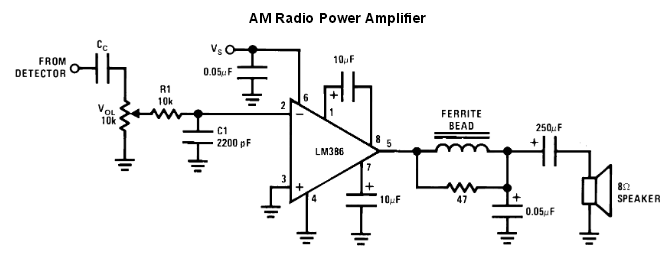What normally happens is that an AM antenna signal is amplified and tuned several times to create a much larger RF signal that is precisely pin-pointed on the channel the listener is trying to receive. Then it is fed thru a diode detector.
Without RF amplification (as a minimum of maybe 30dB or thereabouts) before the diode you are not going to have an RF signal that is not large enough to pass through a silicon diode so as to be rectified.
Non-ideal silicon diodes (as all silicon diodes are) pass very little signal below 100mV and your unamplified signal is going to be a few millivolts at best.
Back in the cats-whisker days of germanium diodes, strong signals could be picked up and detected this way so maybe try a germanium rectifier (or possibly schottky) and also remember the output of the diode needs a load resistor such as a couple of kohms - feeding it directly into a high impedance amplifier is also not going to help.
Also, using a diode like a 1N400x won't work either (even if the signal was substantial) because it's reverse recovery time is about 30us.
Also take note that the LM386 data sheet has this diagram: -

This circuit tells to you what to do after the detector stage. Of importance is R1 and C1 - these eradicate (largely) residual RF signals that may have crept through the detector.
